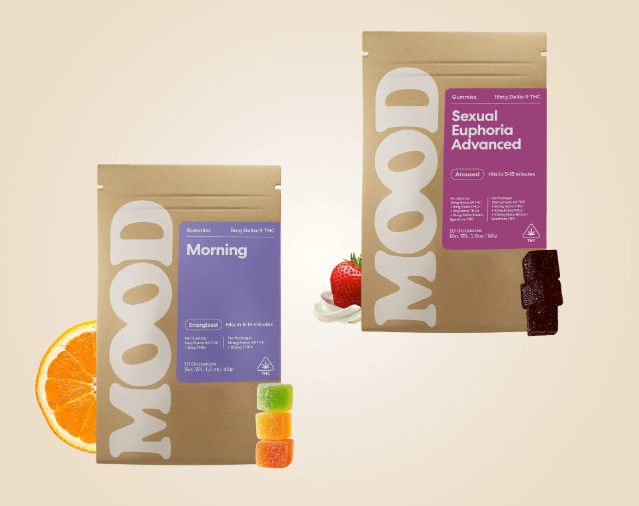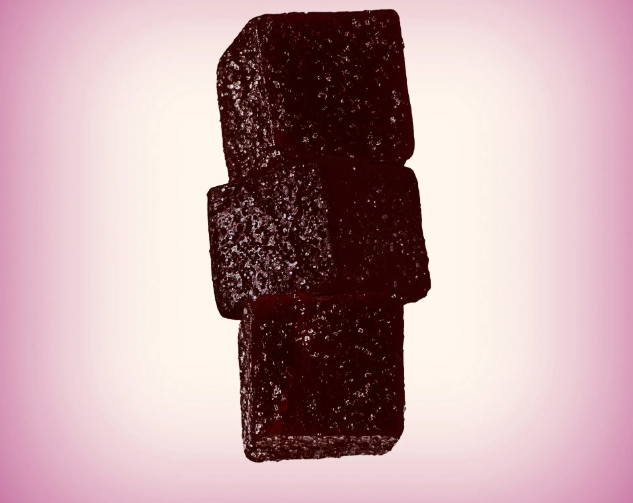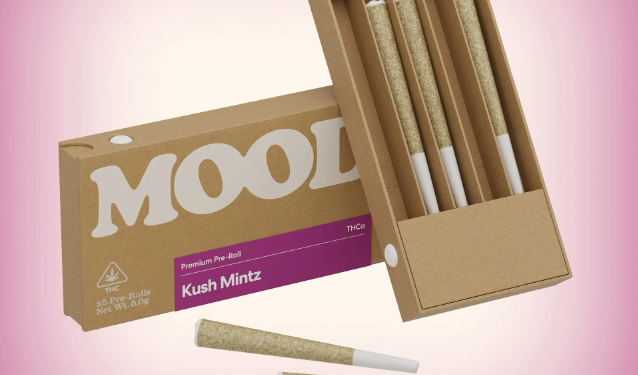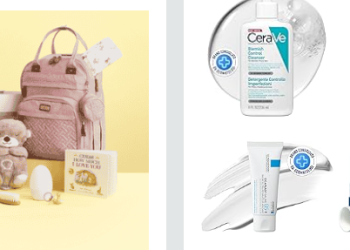In recent years, the intersection of wellness, legal cannabis derivatives, and consumer experience has become a dynamic battleground. Among the emerging players that have managed to carve out a strong identity is Mood. What sets Mood apart is not just product design or branding, but a deeper focus on legality, transparency, and a consumer-centric approach. This article will examine who Mood is, what makes them unique, how they position themselves in a challenging regulatory environment, and what lessons can be drawn from their model.
Who Is Mood? Vision, Mission, and Market Positioning

Mood’s Identity and Mission
Mood presents itself as a modern, approachable brand that aims to bring the benefits of federally legal THC to a wide consumer base. Their tagline emphasizes “100% Federally Legal THC from Small U.S. Farms,” signaling both regulatory legitimacy and a commitment to sourcing from smaller, perhaps more artisanal growers. They offer a range of product categories: gummies, flower, edibles, vapes, pre-rolls, concentrates, and more. Through their site’s “Shop by Mood” feature, Mood frames usage in emotionally resonant categories such as “Sleepy,” “Chill,” “Focused,” “Happy,” and “Creative.”
Audience & Reach
Mood claims to be trusted by over 981,000 customers, positioning itself not just as a niche boutique but as a mainstream-friendly brand. Their marketing and interface are designed to appeal to consumers who care about aesthetics and ease of use.
What Makes Mood Special
1. Legal Compliance & Transparency
One of the biggest hurdles for any brand in this space is legality. Mood emphasizes that all of its products are federally compliant, adhering to Delta-9 THC limits and offering third-party lab results for verification. This transparency builds trust and encourages first-time users to try their offerings with confidence.
2. Discreet Packaging & Consumer Privacy
Discretion is critical, and Mood ensures every order is shipped in plain, odor-proof packaging for a completely private experience.
3. Product Diversity Aligned with Mood States
Instead of just listing strains or ingredients, Mood connects products with emotions — making it easy for a customer to pick the right product for “Sleepy,” “Chill,” “Creative,” or “Focus” moments. This approach helps bridge science with user intent.
4. Rewards & Engagement
The Mood Rewards program encourages customer loyalty, a rare feature in this industry, ensuring repeat buyers get real value for staying with the brand.
5. Social Responsibility
Mood highlights donations to pet rescues and local causes, aligning its identity with socially conscious buyers who expect more than just a product.
6. Modern Branding & UX
The website of Mood is sleek, user-friendly, and written in approachable language, lowering the barrier for new customers.

Challenges & Considerations
Even with its success, Mood must remain vigilant about regulatory changes, continue educating consumers, maintain strict quality control, and find new ways to differentiate itself in a growing market.
Conclusion
Ultimately, Mood stands out as a brand that delivers on product quality, compliance, emotional resonance, and user experience. If Mood continues to evolve with the market, it could remain one of the most trusted and forward-thinking names in the federally legal THC space.

















